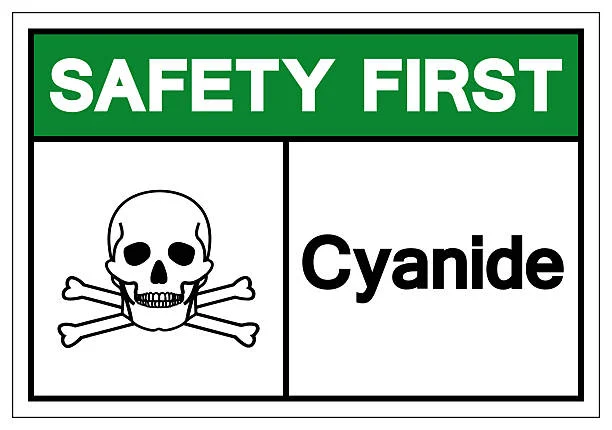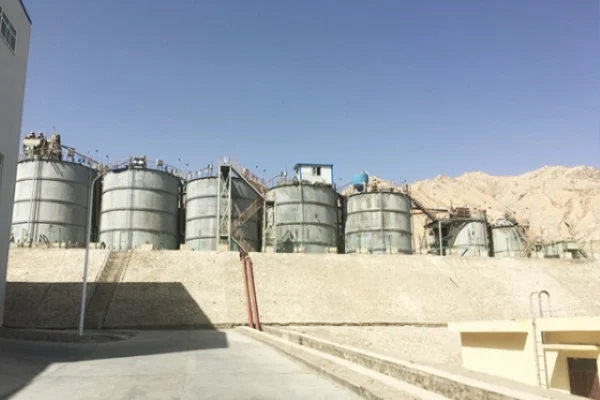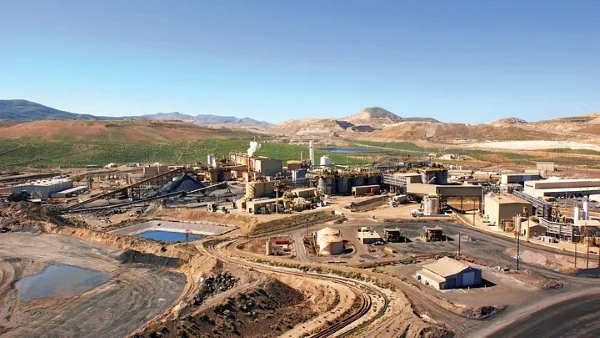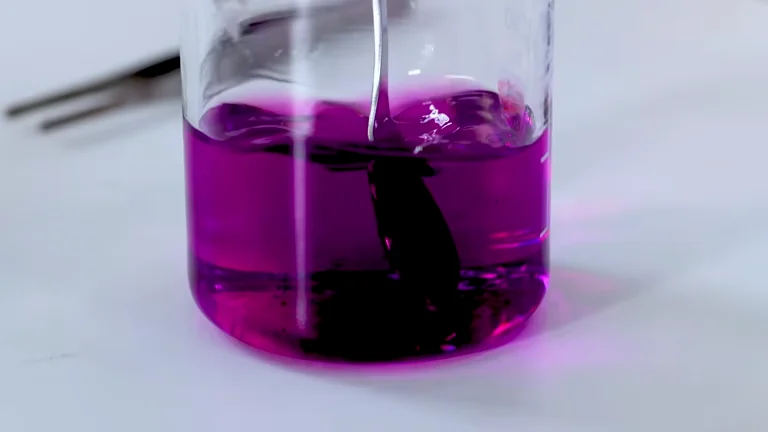In the world of gold mining, the Cyanide extraction process is a critical method employed to recover gold from ore. While many may be familiar with the term "cyanide," the intricacies of its application in gold extraction are often overlooked. This article aims to shed light on the common knowledge surrounding Sodium cyanide and its role in the Gold extraction process, ensuring a comprehensive understanding of this essential technique.
The Cyanide Gold Extraction Process
The cyanide gold extraction process involves several key steps, each requiring precise control of various parameters to ensure optimal results. The primary factors that must be monitored include cyanide concentration, oxygen concentration, alkalinity, and the time required for dissolution. These elements are crucial for achieving the desired quality of Gold recovery.
Leaching: The first step in the process is leaching, where solid gold is dissolved in an oxygen-containing cyanide solution. This solution allows for the extraction of gold from the ore, effectively separating it from other minerals.
Washing: Following leaching, the next step is washing. This process involves recovering the gold-containing solution after leaching and washing away the dissolved gold from the surface of the ore particles. The goal is to achieve solid-liquid separation, ensuring that the gold is effectively isolated from the remaining material.
Replacement: The final step in the extraction process is replacement, where the gold-containing solution is treated with metallic zinc. This step reduces and precipitates the gold, allowing for its recovery in a solid form.
Key Compounds in Cyanide Gold Extraction
Two primary compounds play a vital role in the cyanide gold extraction process: cyanide and protective alkali.
1. Cyanide
Cyanide is the cornerstone of the leaching process. In industrial applications, several forms of cyanide are utilized, including Potassium cyanide (KCN), sodium cyanide (NaCN), Calcium cyanide [Ca(CN)2], and Ammonium cyanide (NH4CN). Among these, sodium cyanide is the most commonly used due to its effectiveness and availability.
Sodium cyanide is a highly toxic white powder that is typically manufactured in spherical or block forms for ease of handling. Its potency as a leaching agent makes it indispensable in the gold extraction process, but it also necessitates strict safety protocols to mitigate the risks associated with its toxicity.
2. Protective Alkali
The role of protective alkali in the cyanide gold extraction process cannot be understated. The primary purpose of adding protective alkali is to maintain the stability of the cyanide solution and minimize the loss of cyanide through hydrolysis. This is particularly important in ensuring that the leaching process remains efficient and effective.
Protective alkali is typically added during the leaching phase or during the grinding process of cyanide ore. In cases where the ore composition is complex and contains minerals such as pyrrhotite, which can be detrimental to the cyanide process, the addition of protective alkali aids in the oxidation or precipitation of these harmful minerals. This not only enhances the overall efficiency of the extraction process but also contributes to the safety and environmental sustainability of the operation.
Conclusion
The cyanide gold extraction process is a sophisticated method that requires a deep understanding of various chemical interactions and operational parameters. Sodium cyanide, as a key component, plays a crucial role in the successful recovery of gold from ore. By controlling factors such as cyanide concentration, oxygen levels, alkalinity, and processing time, mining operations can optimize their gold extraction efforts.
Moreover, the importance of protective alkali in stabilizing the cyanide solution and mitigating the effects of harmful minerals cannot be overlooked. As the mining industry continues to evolve, a thorough understanding of these processes and compounds will be essential for ensuring safe, efficient, and environmentally responsible gold extraction practices.
In summary, while sodium cyanide is often viewed through the lens of its toxicity, its significance in the gold extraction process is paramount. By grasping the common knowledge surrounding this method, stakeholders in the mining industry can better navigate the complexities of gold recovery and contribute to the sustainable advancement of mining practices.
- Random Content
- Hot content
- Hot review content
- Industrial grade sodium hexametaphosphate 68% SHMP
- Sodium Isobutyl Xanthate SIBX 90%
- Anhydrous Ammonia 99% Liquid
- 2-Hydroxyethyl acrylate (HEA)
- Maleic Anhydride - MA
- 97% 2-Hydroxypropyl methacrylate
- Adipic acid 99% used as the material of nylon 66
- 1Discounted Sodium Cyanide (CAS: 143-33-9) for Mining - High Quality & Competitive Pricing
- 2China's New Regulations on Sodium Cyanide Exports and Guidance for International Buyers
- 3Sodium Cyanide 98% CAS 143-33-9 gold dressing agent Essential for Mining and Chemical Industries
- 4International Cyanide(Sodium cyanide) Management Code - Gold Mine Acceptance Standards
- 5China factory Sulfuric Acid 98%
- 6Anhydrous Oxalic acid 99.6% Industrial Grade
- 7Oxalic acid for mining 99.6%
- 1Sodium Cyanide 98% CAS 143-33-9 gold dressing agent Essential for Mining and Chemical Industries
- 2High Quality 99% Purity of Cyanuric chloride ISO 9001:2005 REACH Verified Producer
- 3Zinc chloride ZnCl2 for High Molecular Weight Polymers Initiator
- 4High Purity · Stable Performance · Higher Recovery — sodium cyanide for modern gold leaching
- 5High Quality Sodium Ferrocyanide / Sodium Hexacyanoferr
- 6Gold Ore Dressing Agent Safe Gold Extracting Agent Replace Sodium Cyanide
- 7Sodium Cyanide 98%+ CAS 143-33-9











Online message consultation
Add comment: